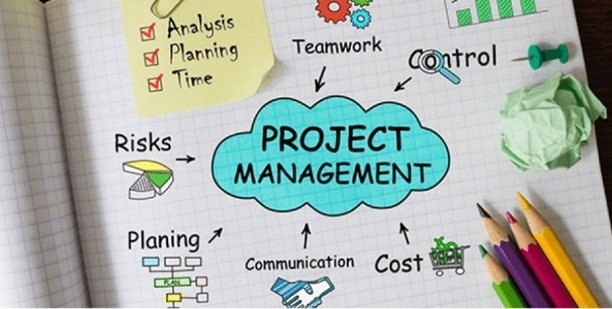The Association for Project Management (APM) defines a project as: ‘a unique, transient endeavour, undertaken to achieve planned objective which could be defined in terms of outputs, outcomes or benefits. A project is usually deemed to be a success if it achieves the objectives according to their acceptable criteria, within an agreed timescale and budget. Time, cost and quality are the building blocks of every project.’

In summary, a project is a temporary piece of work focused on achieving specific objectives. Projects are different and separate from ‘business-as-usual’ activities and are often used to bring about change.
As they have a finite timespan and usually involve a team of people who have come together temporarily, management of projects differs from other management, which is an ongoing process. Project management involves planning and monitoring a variety of tasks to ensure the end product is delivered. Most projects share the same basic project management principles with varying levels of complexity.
One of the key principles of project management is the use of a life cycle. These can be highly structured or agile, with many project managers selecting a hybrid approach with a combination of both linear and flexible phases. Most project life cycles will include some form of the following stages.

Adopting a phased approach is useful for many reasons. It breaks the project down into more manageable chunks of work, each with its own timeline and focus. It also provides the opportunity for reflection at the end of each phase so that lessons learned can be reviewed and future phases adapted if needed.
Reflective Questions

Notifications